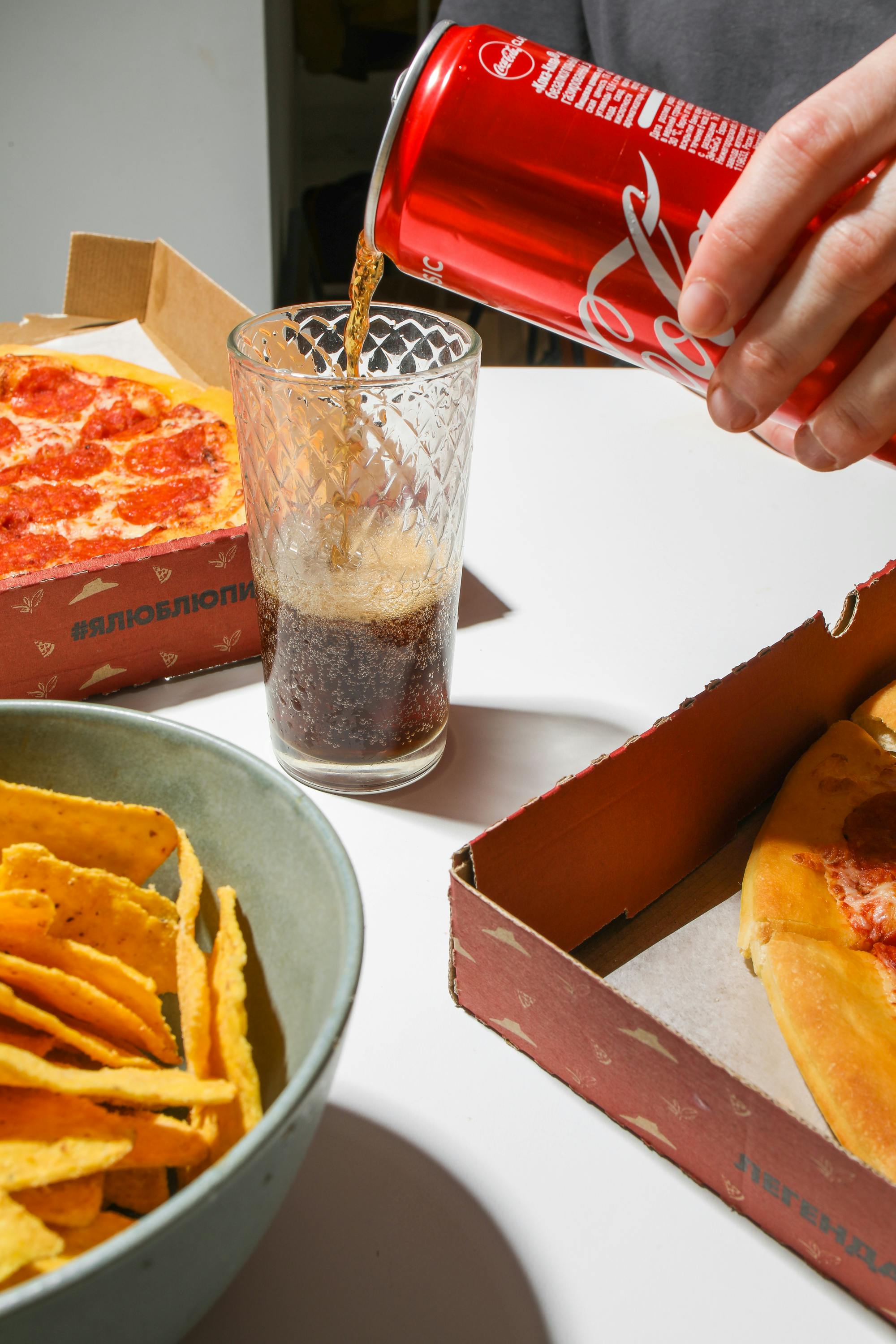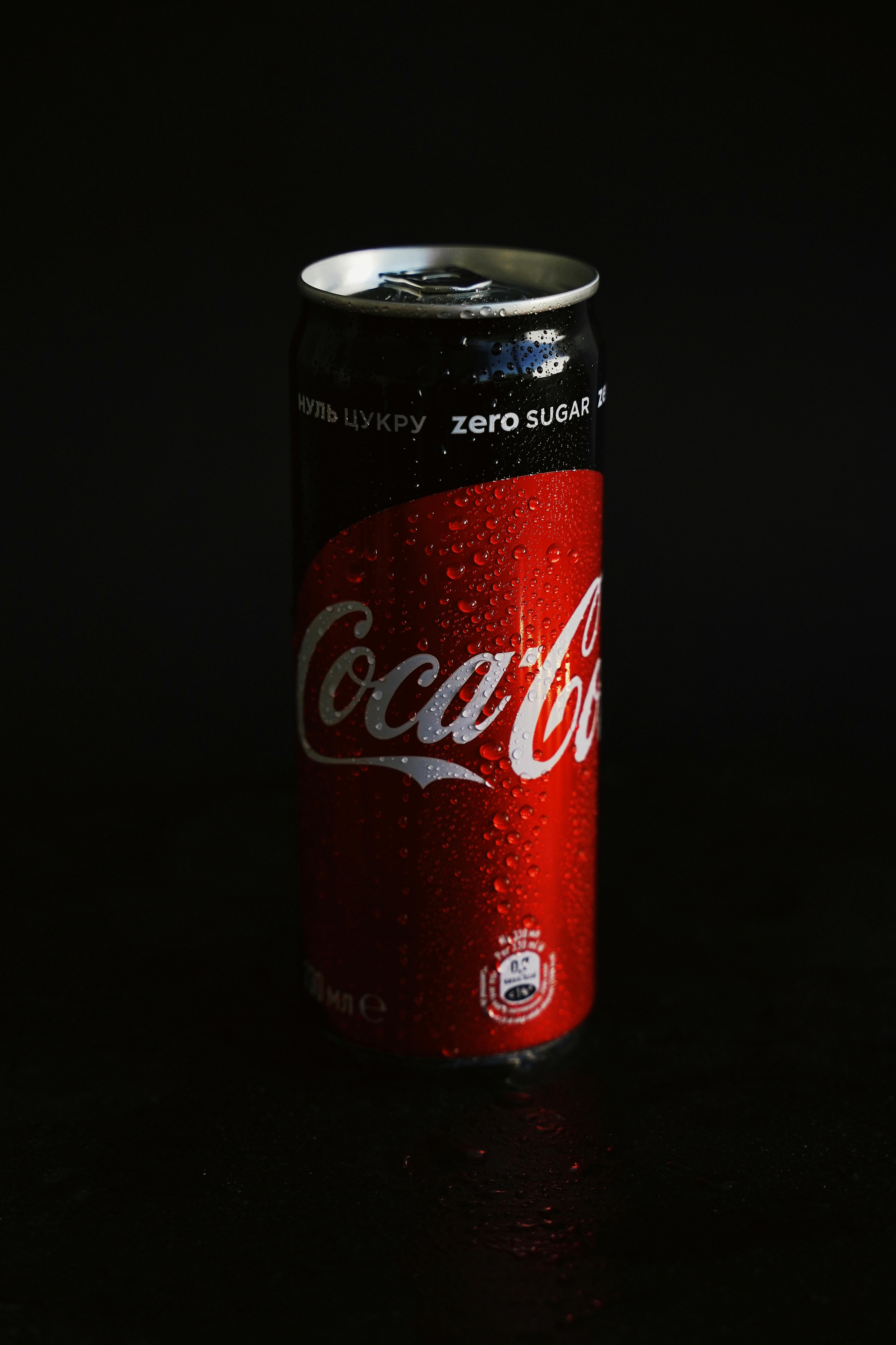Can soda go bad?
The answer to this question is yes, soda can go bad. The shelf life of soda can depend on a few factors including the type of soda and how it has been stored. Generally, unopened canned or bottled soda will last for about 2-4 months past its “best by” date before it begins to taste flat or stale. After opening, however, the shelf life of soda is significantly reduced. Therefore, it is important to know how to store and handle your favorite sodas in order to ensure that you are getting the best possible taste.
Yes, soda can go bad. Soda is a carbonated beverage that contains carbon dioxide gas dissolved in water. The carbon dioxide gas causes the soda to be fizzy when you open it. Over time, the gas starts to escape from the liquid and will cause the soda to lose its flavor and become flat. In addition, soda that has gone bad may also contain bacteria that can cause illness if ingested.
Soda should be stored away from heat and light, so it is best to keep it in a cool, dark place like a pantry or refrigerator. Unopened cans of soda can last for up to nine months while opened bottles or cans should be consumed within three to four days after opening. If you notice any discoloration or an off smell or taste, it is best to discard the soda as it is no longer safe for consumption.
Contents
What is Soda?
Soda, also known as soft drinks or carbonated beverages, is a sweetened, flavored, non-alcoholic beverage. It is typically made with carbonated water, sugar or an artificial sweetener, and a natural or artificial flavoring. Soda comes in many different flavors and can be served cold or hot. The most popular sodas are cola, root beer and ginger ale.
Soda has been around since the early 1800s when soda water was first invented in Europe. Since then, soda has become a popular beverage around the world. It is often served at parties and other social gatherings as a way to quench thirst and add flavor to food.
Soda can contain high amounts of sugar and calories which can have negative health effects when consumed in large amounts. Because of this, it is important to limit soda intake for both adults and children. Many countries have also implemented taxes on sugary drinks as a way to reduce consumption.
Despite its potential drawbacks, soda remains a popular beverage due to its convenience and wide variety of flavors. For many people, it is an enjoyable treat that can add flavor to meals or provide relief from thirst on hot days.
Ingredients in Soda
Soda is a popular beverage that is consumed around the world, but what are its ingredients? The primary ingredients in soda are carbonated water, high fructose corn syrup, and natural flavorings or artificial flavorings.
Carbonated water is the main ingredient of soda and is responsible for the fizziness of the beverage. Carbon dioxide gas is infused into water to produce carbonated water. This creates a bubbly, fizzy feel when you take a sip of soda.
High fructose corn syrup is a sweetener commonly added to soda. It is made from cornstarch and contains glucose and fructose molecules. High fructose corn syrup helps to sweeten the taste of sodas and make them more appealing to consumers.
The last common ingredient found in soda is either natural or artificial flavorings. These flavorings are used to give each type of soda its distinct taste and aroma. Natural flavorings are derived from plant or animal sources while artificial flavorings are made synthetically in laboratories.
In addition to these three primary ingredients, some sodas also contain caffeine, phosphoric acid, citric acid, potassium benzoate, sodium benzoate, and other additives depending on the type of soda being produced. All of these ingredients combine to create the unique tastes found in various sodas around the world.
The Process of Making Soda
Making soda is a complex process that involves several steps. The first step is to combine carbon dioxide and sugar in a syrup to create a flavored beverage base. This syrup is then combined with water and other ingredients such as citric acid, natural flavors, and preservatives to create the soda base. The soda base is then carbonated with carbon dioxide, which gives it the fizzy texture that people love. Finally, the soda is packaged in cans or bottles for distribution.
Once the soda has been packaged, it can be shipped out to retailers for sale. Before being delivered to stores, it must be inspected for quality assurance. This ensures that the product meets safety standards and is safe for consumers to drink. Additionally, many sodas are pasteurized before they are shipped out. This process kills bacteria and other microorganisms that can spoil the product.
The final step in the process of making soda is marketing. Companies use various marketing strategies such as television commercials, print ads, and social media campaigns to promote their products and attract more customers. Companies also work closely with retailers to ensure their products are prominently displayed and easy to find in stores. With these strategies in place, companies can ensure that their products reach as many potential customers as possible.
How Long Does Soda Last?
Soda is a popular beverage enjoyed by many people all over the world. It’s often served cold and can be a refreshing addition to any meal. But how long does soda last once it’s opened?
The answer depends on what type of soda you have, as well as how it’s stored. In general, unopened cans and bottles of soda will last for several months before they begin to lose their flavor and carbonation. However, once you open the can or bottle, the lifespan of the soda starts to decrease dramatically.
When stored in a refrigerator, opened cans or bottles of soda can last for approximately three to five days before they start to go flat and lose their flavor. If you leave an opened container out at room temperature, it may only last for one or two days before it becomes stale and unappetizing.
In addition to time, other factors will also affect the lifespan of your soda. If you don’t properly store your soda in an airtight container or close the lid tightly on your bottle after opening it, the carbonation will be lost much faster than if you had taken the necessary precautions. Additionally, exposure to direct sunlight or extreme temperatures can also cause your soda to go bad quicker than normal.
To get the most out of your soda, keep it stored in a cool, dark place like a refrigerator or pantry. Make sure that caps are tightly closed on any containers and keep them away from direct sunlight or sources of extreme heat like ovens or radiators. By following these simple steps, you should be able to enjoy your favorite beverage for several days after opening it!

Signs of Soda Going Bad
One of the most common signs that soda has gone bad is a distinct change in taste and smell. If the soda has an odd, stale, or sour flavor, it has likely gone bad and should be discarded. Additionally, if there are any visible changes to the soda such as chunks or sediment in the liquid or if there is any discoloration or cloudiness, this could also be an indication that the soda has spoiled.
Another sign that soda has gone bad is if it starts to foam when opened. This is usually caused by a build-up of carbon dioxide gas due to fermentation from bacteria or yeast in the soda. This foam may also contain off-flavors or odors if it has been sitting for too long.
Finally, one of the best ways to tell if soda has gone bad is by checking its expiration date. Most sodas have an expiration date printed on their cans or bottles and should not be consumed after that time. It’s important to always check the expiration date before drinking any type of soda to ensure it is still safe to consume.
All in all, there are several signs that can indicate whether or not a certain type of soda has gone bad. If you notice any changes in taste, smell, appearance, or texture, it’s best not to consume the beverage and throw it away instead. Additionally, always check the expiration date before drinking any type of soda to ensure it is still safe for consumption!
Health Risks of Consuming Spoiled Soda
Consuming spoiled soda can have serious health implications, especially for those with compromised immune systems. Spoiled soda can contain bacteria and mold that can cause food poisoning if ingested. The most common symptoms of food poisoning from spoiled soda include nausea, vomiting, abdominal cramps, and diarrhea. In severe cases, food poisoning from spoiled soda can lead to more serious complications such as dehydration and electrolyte imbalance.
Consumption of spoiled soda can also cause gastrointestinal distress. This includes upset stomach, bloating, and gas. These symptoms may be accompanied by headaches, fever, and fatigue. In extreme situations, consumption of spoiled soda can lead to more severe gastrointestinal issues such as ulcers or colitis.
In addition to the physical discomfort caused by consuming spoiled soda, it can also have psychological effects. Many people who have consumed spoiled soda have reported feelings of anxiety and depression after ingesting it. These feelings are often due to the fear of potential health risks associated with consuming spoiled food or drinks.
Consuming spoiled soda should be avoided at all costs in order to protect one’s health and well-being. If you suspect that your beverage has gone bad, it is best to discard it immediately and seek medical attention if necessary.
Proper Storage for Maximum Shelf Life of Soda
The proper storage and handling of soda is essential to ensure its maximum shelf life. To ensure that your soda remains fresh and delicious, it is necessary to store it in a cool, dry, and dark environment. Storing your soda in direct sunlight or in areas with high humidity can drastically reduce its shelf life. Additionally, storing soda at temperatures above room temperature can also negatively impact its flavor and shelf life.
When storing your soda, it is important to keep the container tightly sealed. This will help prevent any air or moisture from entering the container and causing spoilage. Additionally, storing multiple cans or bottles of soda on their sides as opposed to standing upright will help keep them fresh longer as it prevents air bubbles from forming within the containers.
If you have opened a can or bottle of soda, it is important to keep the remaining contents refrigerated. This will help prevent further spoilage of the beverage. Additionally, if you are storing opened cans or bottles of soda for an extended period of time, make sure to write down the expiration date on each one so that you know when they should be consumed by.
By following these simple storage tips, you can ensure that your favorite sodas stay fresher for longer!

Conclusion
To conclude, soda can go bad if it has been opened for a long time, stored improperly, or exposed to extreme temperatures. Depending on the type of soda and the storage conditions, it may take weeks or even months for the soda to spoil.
If you’re ever unsure about whether your soda has gone bad, it’s best to discard it. This is especially important when drinking from a can because bacteria and mold can grow in the liquid after a certain period of time.
It’s important to remember that consuming spoiled soda can make you sick, so it’s best to store your drinks properly and keep an eye on them. With proper storage, a can of soda should last around two weeks before it starts to taste different or go bad.
0 Comments